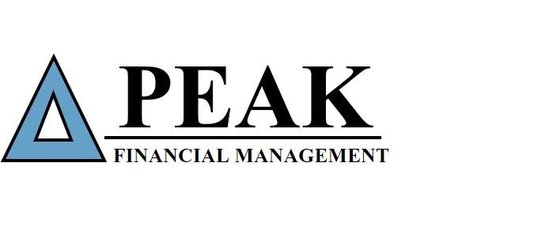
By Peter Grant
Feb. 14, 2022
Americans are dining again in restaurants, attending sporting events, and flying throughout the country. But most are still steering clear of their office building, a sign that more than health concerns are keeping workers away.

Thousands of companies that closed offices in March 2020 have yet to announce return plans./Photo by David Paul Morris/Bloomberg News
Millions of office employees who fled business districts in December after the Omicron variant surged continue to work at home, despite the plummeting rate of Covid-19 infections and hospitalizations. Remote work remains the more popular option even as a number of states have announced plans to roll back mask requirements at indoor venues, businesses, and schools as the spread of the Omicron variant fades.
Thousands of companies that closed their offices in March 2020 have yet to announce return plans. An average of 33% of the workforce returned to the office during the first week of February in the 10 major cities monitored by Kastle Systems, which records building-access-card swipes.
The number has been slowly rising from 23% during the first week in January, when even companies that had brought back workers were sending them home because of renewed health risks.
But the latest return rate is still well off the high of 41% in the first week of December, before the full force of the Omicron variant hit. That is true even in cities like New York, where the infection rate is closing in on the level it was at before Omicron.
Meanwhile, the return rate to movie theaters in the first week of February was 58% of what it was before the pandemic, according to a Kastle analysis of industry statistics. Restaurants were nearly three-quarters as full as they were before Covid-19, and air travel had recovered to about 80%. Attendance at National Basketball Association games was 93% of what it was in February 2020, Kastle said.
“There’s a huge divergence between the ways that people are coming together in the other parts of their lives and the way they aren’t in the office,” said Mark Ein, Kastle Systems chairman.
That gap underscores the wide range of factors other than health considerations that are slowing the return to the office. After close to two years of working from home, surveys suggest most employees simply prefer it to the office, which often requires lengthy commutes and gives workers less flexibility in how they spend their days.
Employers have also been reluctant to insist that workers return for fear of driving employees away during a labor shortage, corporate surveys show. Many managers feel remote work disrupts efforts to promote a corporate culture and collaboration, but they aren’t applying much pressure because studies have shown that many workers are as productive—or even more productive—when they work remotely.
“They feel like remote work isn’t perfect, but it’s working pretty OK,” said Brian Kropp, chief of human-resources research for the advisory and research firm Gartner. “There’s not a real urgency to change it.”
Still, a sense of frustration is roiling cities that are highly dependent on sales and property taxes generated from healthy downtowns. Small businesses, from pubs to dry cleaners and delis, rely on office workers and many have shut their doors for good after nearly two years without many of their main customers.
Elected officials are imploring companies to send workers back to the office.
“Business leaders, tell everybody to come back,” said New York Gov. Kathy Hochul, in remarks before a civic organization earlier this month. “Give them a bonus to burn the Zoom app and come on back to work.”
Many companies have planned “hybrid” workplaces—splitting time between remote and office work—in deference to the work-from-home preference of many employees.
But variants of the virus tripped up efforts to implement those plans in September, and then again in early January. Some businesses gave up on strategies with firm return dates, opting instead for more nuanced plans that would expand and contract office usage depending on public health conditions.
As Omicron faded, some companies, particularly large Wall Street firms, have announced new return dates. American Express this month said it would move ahead with a wide-scale return to its New York offices in March.
But other businesses are still grappling with the question of whether or not they should require employees to be vaccinated, which became an issue again in January after the Supreme Court rejected the Biden administration’s vaccine-or-testing mandate for large companies.
Before that Supreme Court decision, 45% of large companies were planning to have vaccine mandates and about 55% were going for the testing option, according to a Gartner survey. After the mandate was struck down, about a third said they were planning a vaccine mandate, while roughly half said they would have a testing requirement. One in five of companies said they weren’t having either, Mr. Kropp said.
Many firms have held off announcing their vaccination plans because of political uncertainty Mr. Kropp said. “They don’t know from the Biden administration if they’re going to take another run at it,” he said. “It’s this whiplash back and forth that they so much want to avoid.”
Write to Peter Grant at peter.grant@wsj.com
Dow Jones & Company, Inc.



